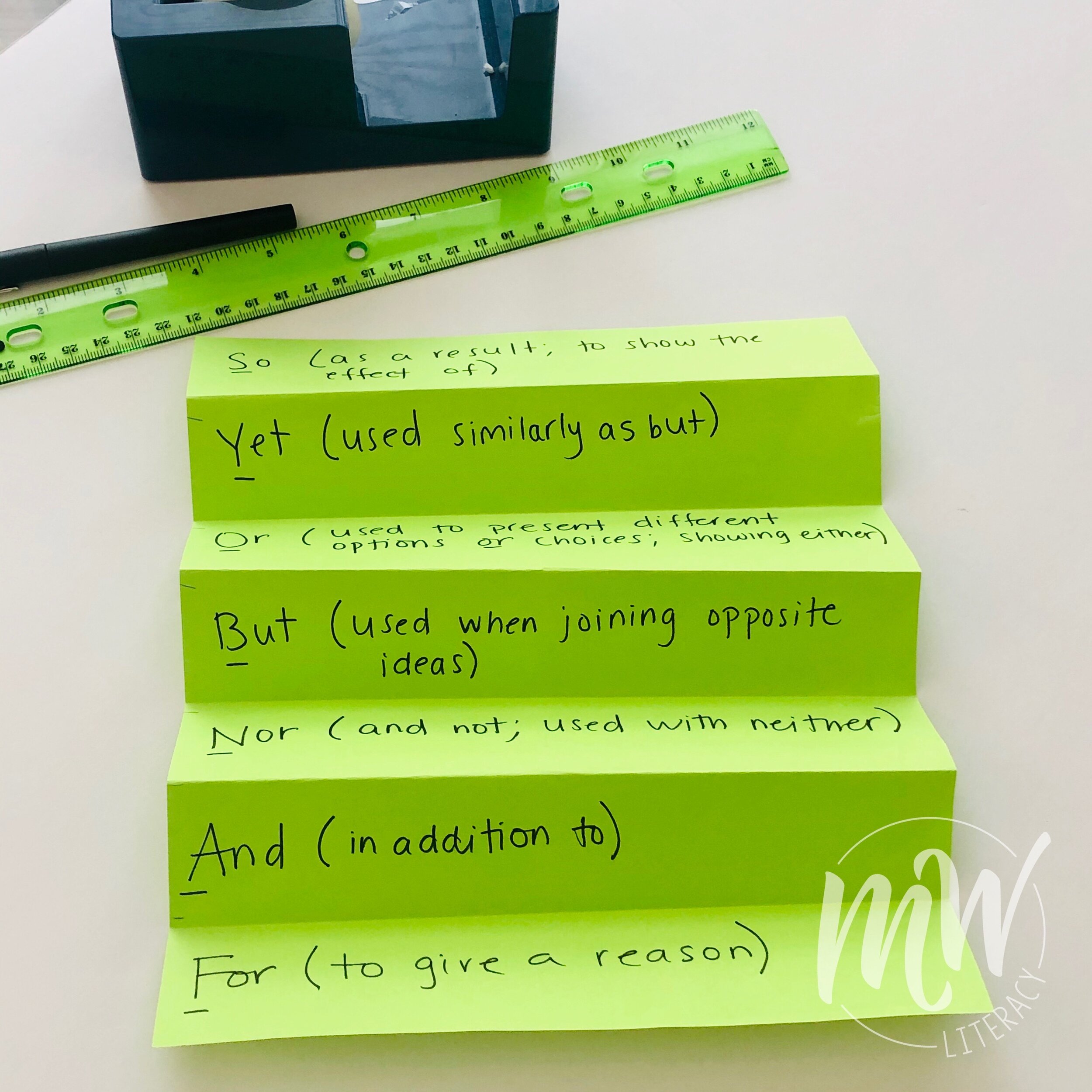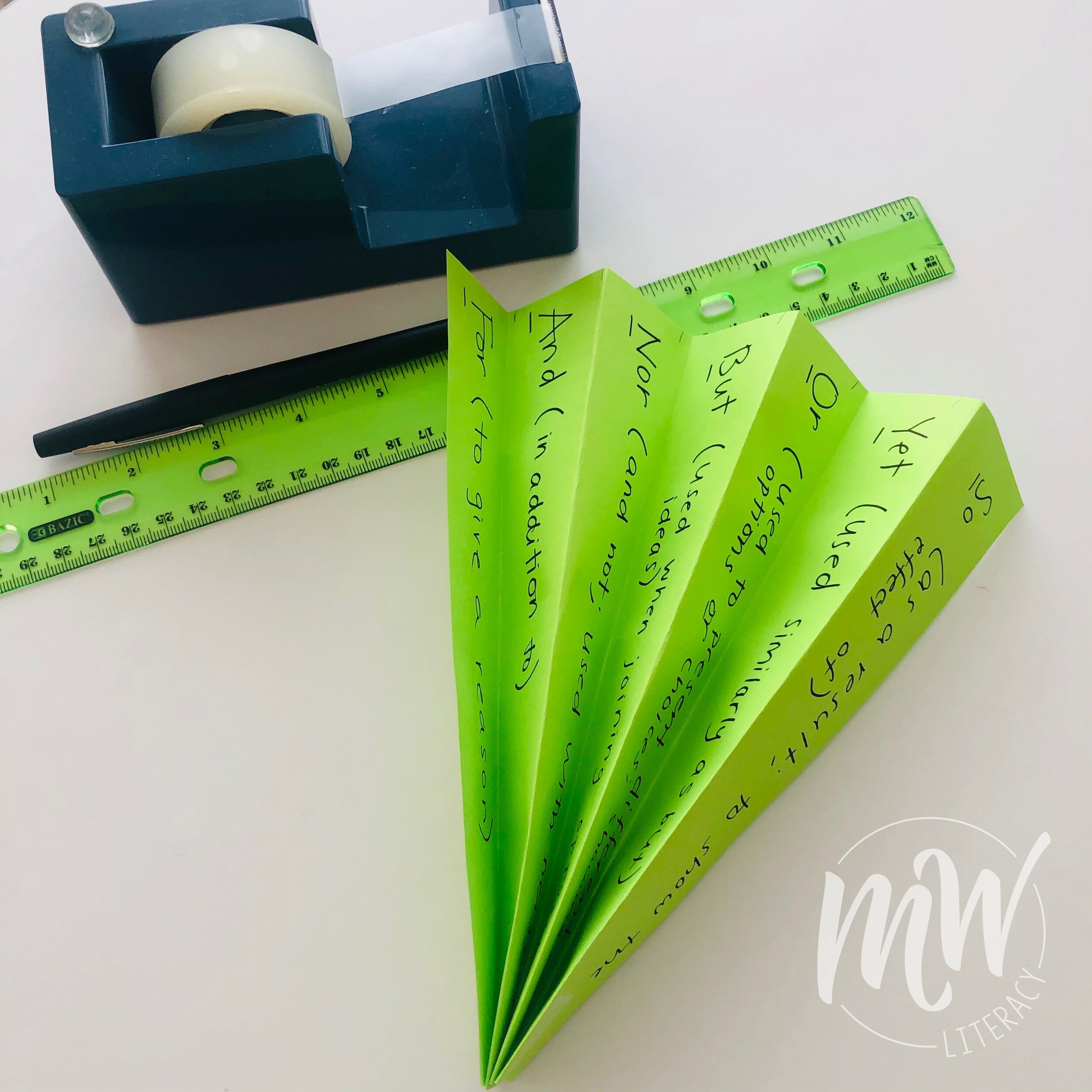Spelling errors are errors, right? Does the type REALLY matter? Actually, a student’s writing sample can serve as authentic data, acting as a compass to help guide us in the right direction of instruction. When we look at students’ spelling errors, we are looking at valuable pieces of information — information that has the power to inform our instruction to improve their spelling.
Let’s take a look at each of the three types of spelling errors and the information we can take away from them.
Phonological errors
Phonological errors are made when not all sounds are identified in the word the student is attempting to spell. The student is not accurately matching the correct sounds (phonemes) to the correct letters (graphemes).
In some cases, students may struggle to say the correct sounds. For example, a child may say /f/ for /th/, and words like bath or teeth become baf and teef.
In an attempt to spell much, students may confuse the CH and SH digraphs, and instead write mush.
Another example of a phonological error is writing set instead of sent or sip instead of skip, when students are not able to hear all of the sounds in the word.
When phonological errors occur, we need to focus more on phonemic and phonological awareness. We need to give segmenting and blending some more practice. We may also need to put our writers in front of mirrors to show how their mouths move when articulating each phoneme.
Orthographic errors
Orthographic errors are made when incorrect spelling patterns are used to map the sounds, but they are somewhat logical errors. They are not the result of misheard sounds. These errors may happen because the student hasn’t yet acquired the knowledge of specific spelling generalizations, or doesn’t have mastery of the specific phoneme-grapheme relationship for a specific sound they are trying to spell.
With these types of errors, a student may write klap for clap, not knowing that K and L are not blended together. (This is an example of why teaching blends can be helpful.) Other examples of orthographic errors include skool for school and kik for kick. Students who make these errors are able to hear and match each sound made with a grapheme (letter or letters), but may not have learned all of the spelling patterns for a particular sound and when to use which. Or maybe they have forgotten a specific generalization, such as when the /k/ sound immediately follows a short vowel in a single syllable word, the spelling is CK.
When orthographic errors occur, students benefit most from explicit instruction on spelling generalizations, and putting that knowledge into place with cumulative practice.
Morphological ERRORS
Morphological errors occur when the spelling error is with inflectional and derivational endings. These errors indicate the need to focus on how these endings connect with meaning.
An example of a morphological spelling error is spelling catz instead of cats. Students know they want to convey that there is more than one cat, but they hear /z/, and therefore spell the word with a Z.
In this scenario, students can be taught that the letter S is a plural suffix which can sound like either /s/ or /z/, but that when students are conveying that a noun is plural — more than one — it will always be S. To expand on this suffix, the different plural endings can be taught — S, ES, and IES.
The same is true for an error such as washt for washed. The past tense is intended here, but students may not have yet been explicitly taught that whether the ending sound is /id/, /d/, or /t/, it is always spelled ED.
Other examples of morphological spelling errors include helpfull for helpful and vacashun for vacation.
When morphological errors occur, students are ready for explicit instruction on the different suffixes.
When we use our students’ writing samples to inform our instruction, we are using authentic data to drive instruction. When we can break down the types of errors our students are making, we can address the gaps quicker.
Sign up here for bite-sized doses of professional development delivered to your inbox each week.


